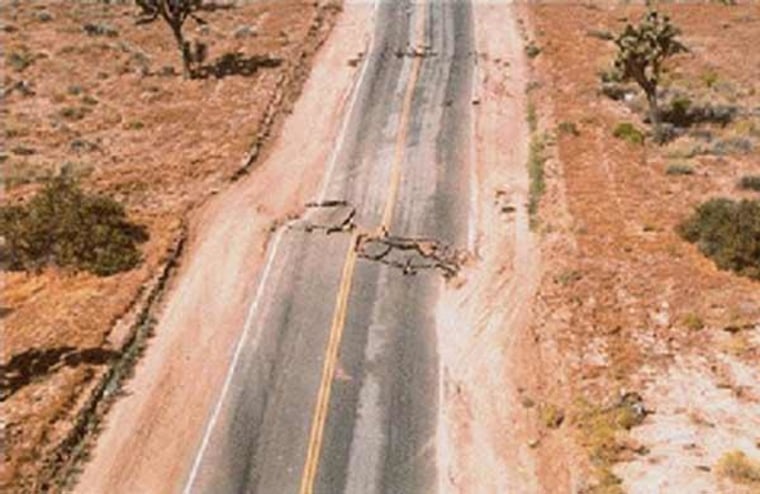When an earthquake cracks open the Earth's surface, scientists now find there might be a limit to how far such rips will split, findings that could help map out what hazards quakes might pose.
When a fault in the surface gives way, the resulting earthquake can jump to nearby faults as well. This domino effect can make it very difficult to gauge how far a rupture might continue, especially in complex areas with overlapping fault segments, such as California's San Andreas fault system.
To learn more about the length to which a quake will rupture, scientists at the University of Nevada, Reno, investigated 22 past earthquakes around the world, including ones in California, Japan and New Zealand. Each of these quakes was caused by one side of a fault sliding against the other, a so-called strike-slip surface rupture. (One such breach caused the massive 1906 San Francisco quake.)
In these temblors, the researchers found what appeared to be an upper limit on the number of jumps from one fault to another through which an earthquake is likely to rupture — no more than three.
"The simplicity is surprising," researcher Steven Wesnousky, an earthquake geologist and seismologist at the University of Nevada, Reno, told OurAmazingPlanet.
The scientists acknowledged they needed more data for a better understanding of how ruptures might break. In the future, such research could help estimate the chances that known faults "that sit near one another will link to produce longer and larger earthquakes," Wesnousky said.
Wesnousky and colleague Glenn Biasi detailed their findings in the August issue of the Bulletin of the Seismological Society of America.
